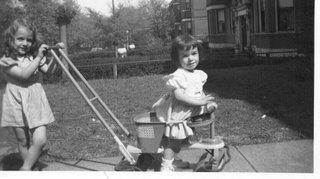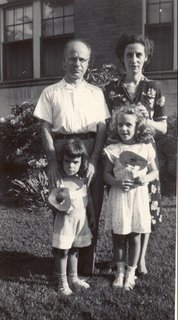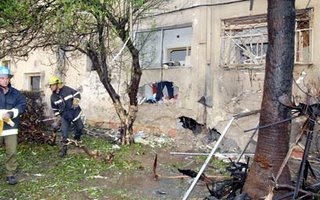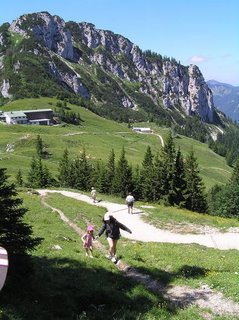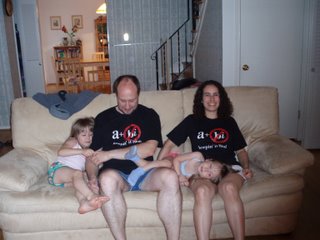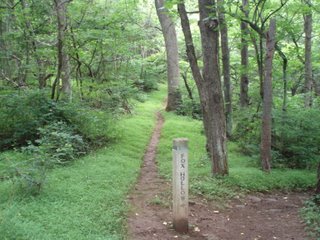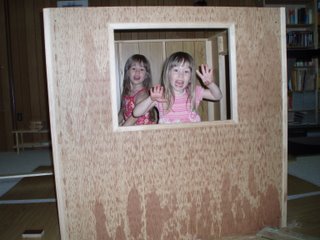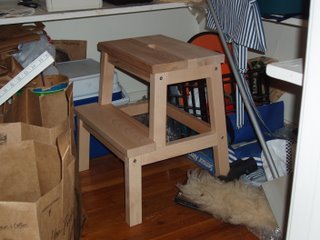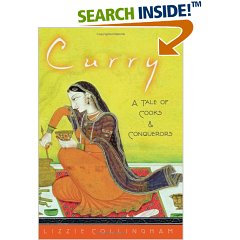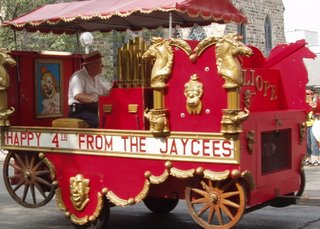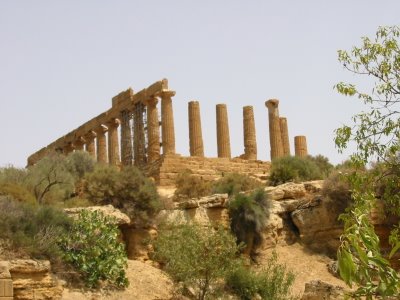An article in today's LA Times made me think about one element of my lifelong fascination with France and above all with French food. Here's the core of the article, which has lots of very excellent summaries of research about the effect of alcohol on health:
"Their reluctance comes even amid growing evidence that moderate drinking is beneficial. A study last week in the Archives of Internal Medicine showed that light to moderate alcohol consumption in people age 70 to 79 is associated with significantly lower rates of cardiac events and longer survival. A week earlier, researchers reported in the July 18 issue of the Journal of the American College of Cardiology that moderate alcohol consumption may help ward off development of heart failure.
"Those studies join dozens of others showing that a drink a day for a woman, two for a man, is good for heart health. Studies from at least 20 countries in North America, Europe, Asia and Australia consistently show that moderate drinkers have rates of heart disease between 20% and 40% lower than abstainers or heavy drinkers, according to the National Institute on Alcohol Abuse and Alcoholism."
the heart ... " By Susan Brink, Times Staff Writer, July 31, 2006
Lots of people go on and on about how French people have lower heart disease rates, which wouldn't be predicted by the French diet. In our many trips to France we have noticed that besides very prescribed eating habits, French people have (or had in the past) a characteristic way of drinking with meals, usually wine in moderate quantities. Our French friends' view of American puritanism was as uncomprehending as the American view of their drinking. Now science is vindicating the old-style French pattern of leisurely meals accompanied by wine. As the article so clearly says, American medical practice is still puritan: "Most doctors err on the side of caution, believing that the risk to the few outweighs the benefit to the many. They fear that some people encouraged to drink moderately will end up going too far." Illustrating my point: in 1989, along with everyone in France, we celebrated the 200th anniversary of the French Revolution. Friends of ours invited everyone they knew to their house deep in the countryside: "La France Profonde." Most guests slept in tents, showered under a hose, and enjoyed the outdoor life. From early afternoon till dinnertime, all together spit-roasted a lamb and prepared a real feast. The photo was taken towards the end of the meal: note the line of bottles on the table:

